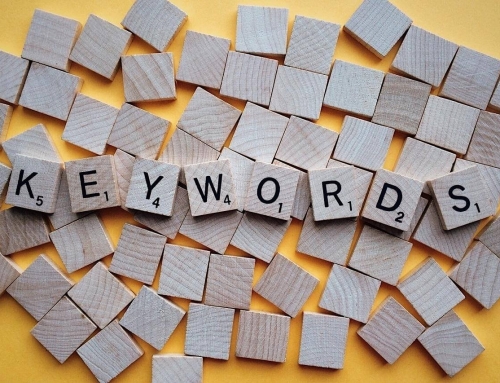Does your website have a high bounce rate? Here’s what you can do to fix it.
Many websites do experience a high bounce rate – that is, when visitors arrive and then leave almost immediately. In fact, bounce rates of up to 80% are frequently reported through Google analytics. That’s 80% of visitors simply leaving upon seeing your site!
Not only does a high bounce rate affect your search engine rankings, it also means you are losing up to 80% of your hard-earned traffic and potential conversions. Your site gets traffic from a variety of sources: direct visits, search engines, referral traffic, paid traffic, social media… and all this traffic costs you time and money to acquire.
What’s causing your high bounce rate?
1. Design problems – If the website’s design is messy and ugly, with garish colors, a small font, difficult navigation (we could go on forever, you get the idea) visitors will not stay for long.
2. Poorly written content – If it sounds like a machine or unskilled writer spewed out your content, no visitor will want to stay and read what you’re about.
3. Lack of organization – Even if you are a skilled writer, what matters is how you organize the content on your website. It’s all about presentation and flow.
4. Lack of internal linking – Internal linking allows you to increase the number of page views for other pages on your website. One of the benefits of appropriate internal linking is that it creates relevant paths that are helpful to your visitors as they search for information.
5. No call to action – Every website should have a call to action plan. The call to action can be as simple as including a “contact us” button or area. To be effective, the call to action needs to be appealing and relevant to the visitor.
6. No blog – A blog allows the content of your website to remain fresh. It is also an opportunity to reach out to potential clients and prove your position as a leader and authority in your industry.
Here are 5 actions you can take to improve your website’s bounce rate.
1. If you have a Pay-Per-Click campaign going, make sure your landing page is relevant and related to the ads and keywords you are bidding on.
2. When it comes to high bounce rates from organic traffic, the page showing up in SERPS should have content that is relevant to the search query and catches the visitor’s interest quickly.
3. If you are running a display campaign, monitor it carefully as you will get a lot of traffic quickly that will potentially bounce from your website. Make sure your display ad campaign is carefully researched and only use sites that will drive relevant traffic to your site.
4. Monitor your website’s performance. Many applications provide features such as heat maps and a detailed understanding on how the traffic navigates your site/page. Identify where you are losing your audience on your webpages.
5. A/B testing: when you redesign your page, see if your design is working better than what you originally had – you don’t want to make things worse after all. Continue your experiments until you find the best design, call to action, colour scheme and content that will work best for balancing your branding and engaging your traffic for a low bounce rate.
With these tips, you’ll be able to quickly adapt to any situation, and be well on your way to decreasing your website’s bounce rate.





